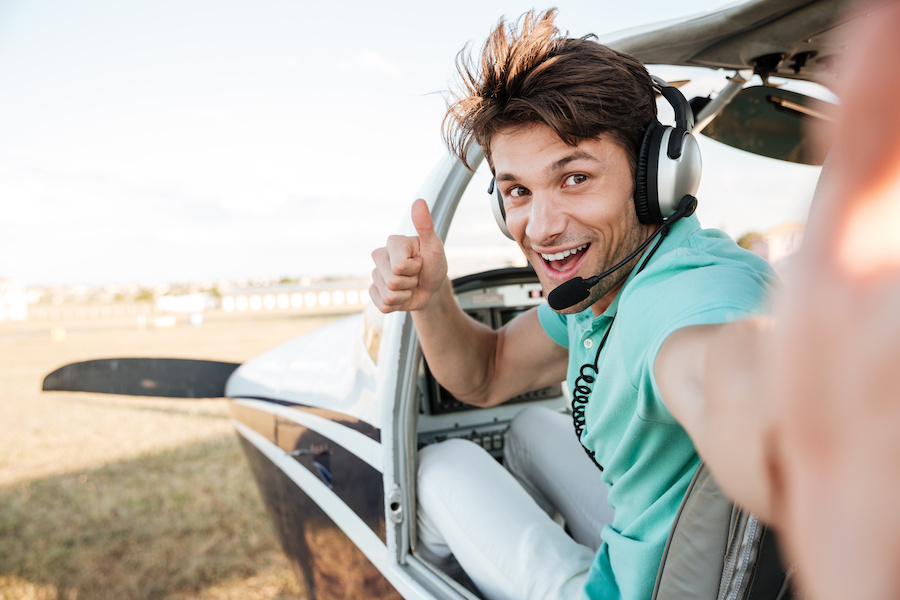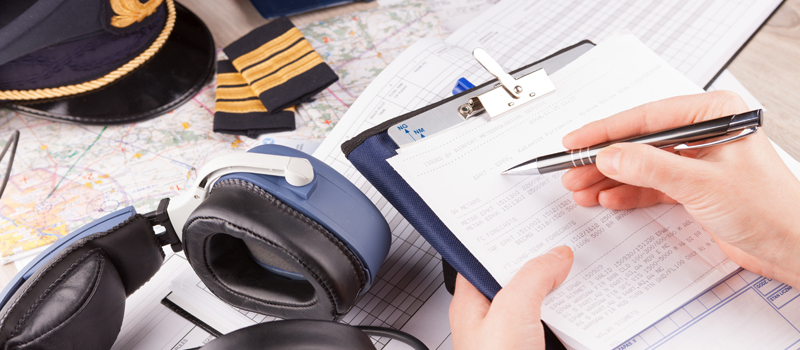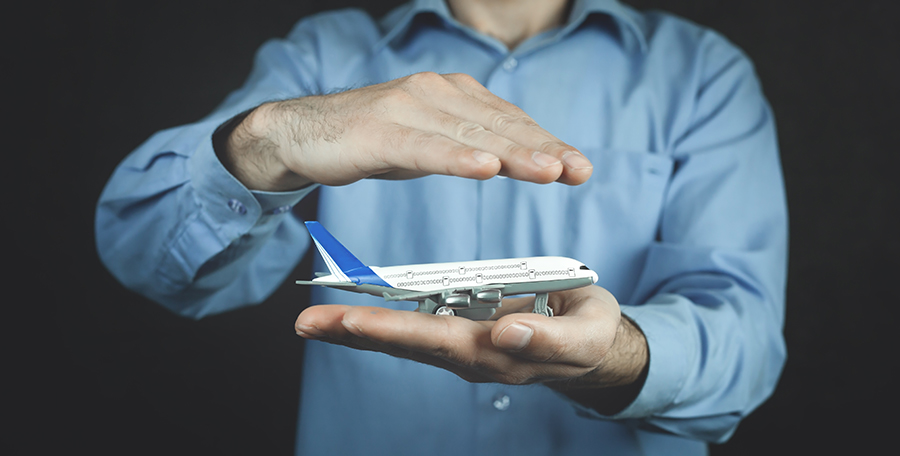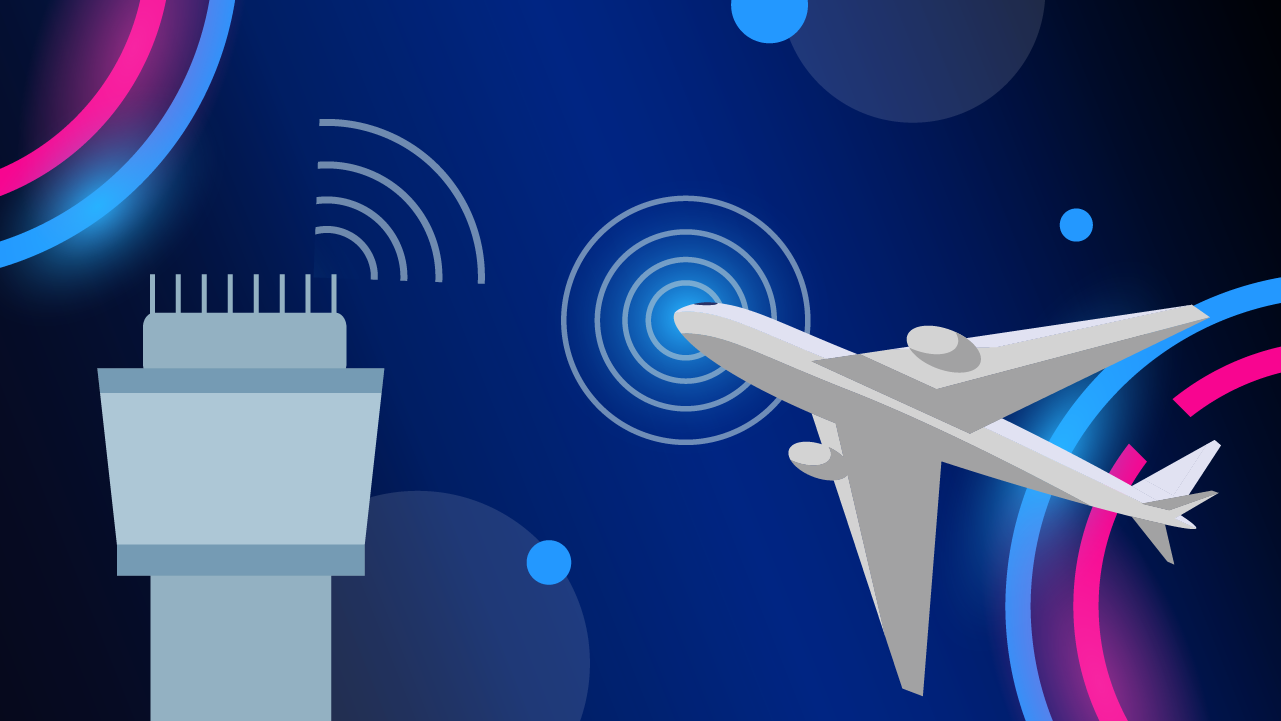For many people, obtaining a Private Pilot License (PPL) is a goal fueled by passion. Unfortunately, flying is not a cheap passion, and as such, is limited to the funds that can be used in its pursuit. A Private Pilot License (PPL) will cost around $10,000, depending on a significant number of factors. In this article, we’ll discuss how to obtain your PPL with far less cost and how to optimize every aspect of your training so that you can spend the least amount of money in the pursuit of the ultimate goal – becoming a pilot.
Minimize Flight Time
The majority of costs associated with obtaining a Private Pilot License (PPL) stem from the number of hours you require to complete your flight training. The aircraft and instructor will be billed on a per-hour basis, meaning you can reduce these costs if you need fewer hours to obtain your license.
Depending on if you decide to receive your license from a part 141 or part 61 flight school, the minimum number of hours required to obtain your Private Pilot License (PPL) will be 35 or 40 hours (not including the check-ride). Many students need as much as 60 hours to complete their training, leading to a substantial increase in cost.
Completing your license in less than 50 hours is no easy task, with fewer than 5% of students completing the Private Pilot License (PPL) within the minimum flight time requirements. To do so, you will need to optimize every aspect of your training.
So how can you ensure that you spend the minimum required time in the air?

Do Not Take Extended Breaks
Taking a break from your training will cause your skills and knowledge to degrade. Becoming less proficient during this time is not your fault, but simply a byproduct of how humans learn.
When you return from your break, chances are you will require additional training to bring you back to your previous level of proficiency. Even if the time needed to become proficient is very little, any extra time will cause an unnecessary increase in the cost of your training.
To minimize the amount of time spent away from training, consider training full-time. If possible, take some time off of work and focus on obtaining your PPL. Training full-time will allow you to be the most efficient with your time, which will, in turn, will reduce the amount of training you will require, which leads to reduced costs.
If you plan on funding your PPL as you progress with the training, make sure you have the funds available. If you have to pause your training due to insufficient funds, you will likely end up paying more because you will require additional training to become proficient again.
As painful as delaying your training is, it will be a worthwhile investment to save for your PPL before commencing with your training. Your future self will thank you.
Prepare Well and Study Hard
The key to completing your PPL in the minimum amount of time is preparation. You will have to prepare better and study harder than any of the other students.
The key to preparing for your flights is knowing what to prepare. Ask your instructor for a lesson plan for each flight. This lesson plan should include precisely what will be done, the completion standards for the flight (i.e., What you need to be able to do during the flight to progress to the next lesson), and what you need to study as well as where you can find the material to study.
Knowing what you need to prepare will allow you to maximize your learning on the ground, allowing you to learn the skills in the air as quickly as possible.
Consider purchasing a flight simulator. Despite what you may see online of homebuilt 737 simulators in garages, you only require one piece of software and a simple joystick. Microsoft Flight Simulator 2020 or X-Plane 11 are your best bets on the software side, and the Logitech Extreme 3D Pro provides excellent bang for your buck and can be found for less than $40.
A flight simulator at home will not necessarily teach you the intricacies of flying an airplane, but it will allow you to practice procedures, which will make a world of difference in the aircraft itself. It will also provide you with a good understanding of the fundamentals of flight, and you will more than likely build your intuitive flying skills faster when using a flight simulator. Even if your simulator saves you only one extra hour of flight training, it will have paid for itself!
Complete All Documents and Exams
To complete your flight training in the minimum amount of time, you must minimize all distractions.
Paperwork is a significant distraction to flight training, so try to complete it as soon as possible. Completing your medical certificate and getting your Student Pilot License issued should be your top priority, as your solo flight training will be delayed if they are not in order. If any issues with your paperwork arise after you have begun flying and you need to stop, you will have to pay for more flight training to become proficient again once the issues have been resolved.
Another distraction is the Private Pilot written exam. This exam is not difficult (over 90% of students pass on their first attempt), but if it is not completed early on in your training, you may find yourself delaying flights to study for this exam.
Shop Around for Instructors and Aircraft
In addition to minimizing the amount of time billed for the aircraft and instructor, you should also receive quotes from multiple flight schools. You may be surprised by the differences in price.
It is essential to understand why certain flight schools are more expensive, however.
Some flight schools will operate newer aircraft with modern glass cockpits, for example. While newer aircraft are certainly more of a luxury, your wallet may not find the experience as pleasant. Remember that during your Private Pilot training, you are learning the basics of piloting an airplane, and you do not require cutting-edge avionics during this time. Save some cash by initially flying older aircraft, and use the savings to explore more modern aircraft after obtaining your Private Pilot certificate. Obtaining General Aviation (GA) aircraft ratings is not an expensive endeavor and usually only requires a technical exam and one flight with a flight instructor.
Some flight schools may also employ more experienced instructors and pay them more as a result. This may be due to the flight school catering to business customers such as airlines that send their students to these flight schools. These airlines expect a different, more commercial standard of training for their students and are willing to pay more. If you decide to train at one of these flight schools, you may find that the extra cash for a Private Pilot License (PPL) is not worth the increase in aircraft or instructor quality. You may also find that the flight school may struggle to accommodate your needs, as most of their students will study and fly full-time.
Evaluating multiple flight schools may not always be practical if there aren’t many flight schools in your area. If this is the case, consider temporarily relocating to an airport with a flight school that meets your needs for the month that you will be doing your training. The cost of accommodation may be offset by a cheaper instructor or aircraft rate.
Do your research when selecting a flight school and instructor. Ask the flight school for contact details of their previous students, and contact them to ask about their experience. If a flight school is hesitant to provide you with testimonials, this is a worrying sign.
Remember that the cheapest option may not necessarily be the best when selecting an instructor, aircraft, or flight school. If you can receive a significant increase in aircraft or instructor quality for a relatively small increase in price, it will be advantageous to do so.
Pay Upfront and Ask For a Discount
If you have the funds available, consider paying upfront or providing a large deposit before starting your training.
Many flight schools will happily provide you with a discount for doing so, as it reassures them that you will indeed follow through with your training. A surprising number of students begin their training only to slowly but surely stop, eventually never completing their license. This is a source of significant frustration for a flight school and one that they will try to avoid.
Buy Used Aviation Supplies
You will quickly learn that aviation supplies such as a kneeboard, aviation ruler, books, aviation calculator, etc., will soon add up, leading to a significant bill, often over $1,000.
Luckily, buying these supplies second-hand is an excellent way of saving lots of cash with little downside. Because of the nature of aviation, new supplies will quickly endure a harsh life of hot sun, drops on the apron, and frustrated throws against walls (if you don’t follow the steps in this article). Because of the beating, they will endure, buying them new presents is quite the disadvantage as they will quickly degrade from their pristine state.
However, these supplies are built to last, and buying second-hand supplies will last you for far longer than it will take to complete your PPL.
Buy, Fly, Then Sell an Aircraft
I can hear the screams coming from across the screen, but I promise, this works.
If you have the ability, you may want to consider buying your own aircraft, hiring an instructor, completing your PPL, and then selling the aircraft.
The reason for this madness is that owning an aircraft will significantly reduce the per hour cost of obtaining your license, as, apart from the instructor, you will only be paying for maintenance and fuel (and perhaps the loan payment). After you finish your training, you then sell the aircraft, which should not depreciate much after 50 or so hours, thereby recouping most, if not all, of the cost of purchasing the aircraft.
While this is a tried and tested method, it does not come without risks.
Firstly, if any significant maintenance repairs crop up during the period that you own the aircraft, you will have to pay for the repair. The cost of these potential repairs will likely not be recovered when selling the aircraft.
Secondly, a dealership may take a certain percentage of the selling price as commission, minimizing the amount of money recovered when selling the aircraft.
If you are able to, consider purchasing an aircraft for your flight training, especially if you can buy the airplane outright, without a loan. However, make sure you do your numbers correctly and consult someone with knowledge of the second-hand aircraft industry, as you may be in for an expensive surprise if you cannot sell the airplane for your expected price. Also, ensure that the aircraft will not experience any significant maintenance issues during your period of ownership. Most surprises can be avoided by having a thorough inspection performed on the plane before purchase.
Conclusion
While it is no secret that obtaining your Private Pilot License (PPL) is not cheap, there is no reason to spend ridiculous amounts of money in the pursuit of flight. By applying the simple, but practical tips discussed in this article, your dollars will go further (and higher) than you could’ve imagined.

 @pilotinstituteairplanes
@pilotinstituteairplanes



